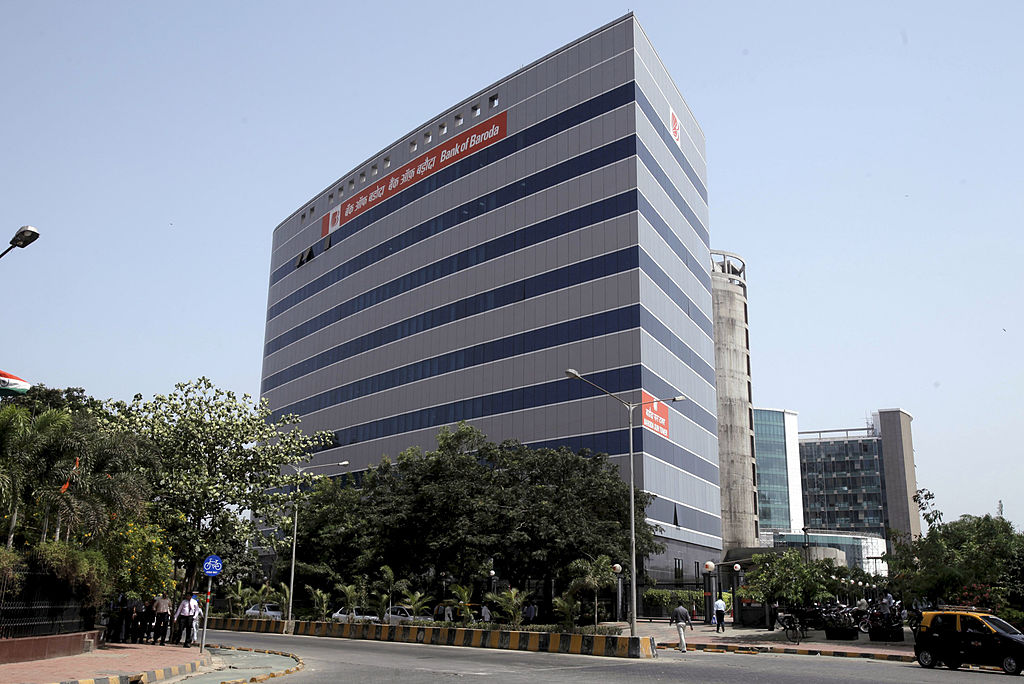Heated airer vs dehumidifier – what’s the most cost-effective way to dry clothes indoors?
As energy bills continue to rise and temperatures keep dropping, we look at whether it’s cheaper to dry your clothes with a heated airer or with a dehumidifier.


With the weather getting colder, we’re all trying to keep energy bills as low as possible.
Currently the Energy Price Guarantee, a typical household’s energy bill is around £2,500 – but your actual bill will depend on how much energy you use.
And since you can’t dry your clothes outside in the winter, many households have ditched the tumble dryer for a heated airer instead. But you could still be looking at over a few hours to get your clothes dry, which could add to your bill significantly.
MoneyWeek
Subscribe to MoneyWeek today and get your first six magazine issues absolutely FREE

Sign up to Money Morning
Don't miss the latest investment and personal finances news, market analysis, plus money-saving tips with our free twice-daily newsletter
Don't miss the latest investment and personal finances news, market analysis, plus money-saving tips with our free twice-daily newsletter
But, with energy prices set to go up by 20% in 2023, we explore whether a dehumidifier could instead help you slash costs of getting your clothes dry.
We compare heated airers with dehumidifiers – which one is cheaper to get your clothes dry in winter?
And if you want to know more about keeping energy bills to a minimum, you may also find our articles on radiators or electric heaters, fan heaters or oil heaters, and wood burning stoves vs central heating useful. As for drying your clothes, we’ve also compared whether it’s cheaper to use tumble dryer or a heated airer.
How much does it cost to run a heated airer?
How much it costs to run a heated airer will depend on the type of fabric it’s drying, how powerful it is, and how damp your clothes are when they’re out of the washing machine.
According to experts at Houstastic, it takes between three to eight hours for most heated airers to dry a full load. How much they cost to run will depend on their size.
A £75 two-tier heated airer from Dunelm for example will cost 7p per hour to run, 35p per five hours, and £1.05 a week if you use it three times.
A £95 three-tier heated airer will cost 11p per hour, 55p her five hours, and £1.65 per week for three uses.
To reduce the time the heated airer takes to dry your clothes and cut back on the energy use, make sure your clothes have spun properly in the machine to remove excess drier. Make sure you move your clothes around to make sure they’re all drying evenly, too.
How much does it cost to run a dehumidifier?
There are two types of dehumidifiers: refrigerant and desiccant.
Refrigerant dehumidifiers are used in warm conditions and heated homes. Desiccant dehumidifiers work well in cooler places, and absorb water from the air. So a refrigerant dehumidifier would work best to dry clothes in your home.
It costs around 8.5p an hour to run a standard 250W dehumidifier. How long you need to leave it on will depend on how humid the room is, the temperature, and how wet your clothes are.
If you used a 250W dehumidifier for five hours it would cost you 42.5p per use, and £1.28 if you used it three times a week. You could use your smart meter to work out exactly how much energy your smart meter is using.
Here’s some things to keep in mind when it comes to using a dehumidifier:
- Opt for a compressor dehumidifier and clean the filter monthly to avoid it getting clogged up.
- Do your research. Look out for a dehumidifier with a timer setting for drying clothes and check the wattage so you know the running costs.
- Place it at least 20cm away from the wall and away from draughty windows and doors.
- Opening your window to get rid of moisture will only work if its colder outside than it is inside
- Place the dehumidifier nearest to the dampest area or where the damp is coming from. So if you’re using it to dry clothes, place it nearby.
- Position the dehumidifier so that the air that comes out of the machine moves the clothes instead of the other way around, where the filter faces the clothes.
The verdict – should you use a dehumidifier or a heated airer?
If you’re looking to keep bills low, a heated airer is cheaper to run. But investing in a dehumidifier will also help reduce the dampness and moisture in the air in your home more widely and may allow the clothes to dry more quickly.
This is important, because damp and moisture can lead to mould, which is costly to remove and has detrimental effects on the respiratory system.
So, despite heated airers’ short-term savings, if you do’nt have proper ventilation a dehumidifier could have more long-term advantages.
Using a combination of both would, of course, be more costly, but it would be less than £1 which is not a bad price to pay for dry clothes and a mould-free home.
• This article may contain affiliate links – when you purchase through links on our site, we may earn a commission.
Get the latest financial news, insights and expert analysis from our award-winning MoneyWeek team, to help you understand what really matters when it comes to your finances.
Nic studied for a BA in journalism at Cardiff University, and has an MA in magazine journalism from City University. She has previously worked for MoneyWeek.
-
 The shape of yields to come
The shape of yields to comeCentral banks are likely to buy up short-term bonds to keep debt costs down for governments
-
 The sad decline of investment clubs – and what comes next
The sad decline of investment clubs – and what comes nextOpinion Financial regulation and rising costs are killing off investment clubs that once used to be an enjoyable hobby, says David Prosser
-
 Act now to bag NatWest-owned Ulster Bank's 5.2% easy access savings account
Act now to bag NatWest-owned Ulster Bank's 5.2% easy access savings accountUlster Bank is offering savers the chance to earn 5.2% on their cash savings, but you need to act fast as easy access rates are falling. We have all the details
-
 Moneybox raises market-leading cash ISA to 5%
Moneybox raises market-leading cash ISA to 5%Savings and investing app MoneyBox has boosted the rate on its cash ISA again, hiking it from 4.75% to 5% making it one of top rates. We have all the details.
-
 October NS&I Premium Bonds winners - check now to see what you won
October NS&I Premium Bonds winners - check now to see what you wonNS&I Premium Bonds holders can check now to see if they have won a prize this month. We explain how to check your premium bonds
-
 The best packaged bank accounts
The best packaged bank accountsAdvice Packaged bank accounts can offer great value with useful additional perks – but get it wrong and you could be out of pocket
-
 Bank of Baroda closes doors to UK retail banking
Bank of Baroda closes doors to UK retail bankingAfter almost 70 years of operating in the UK, one of India’s largest bank is shutting up shop in the UK retail banking market. We explain everything you need to know if you have savings or a current account with Bank of Baroda
-
 How to earn cashback on spending
How to earn cashback on spendingFrom credit cards and current accounts to cashback websites, there are plenty of ways to earn cashback on the money you spend
-
 John Lewis mulls buy now, pay later scheme
John Lewis mulls buy now, pay later schemeThe CEO of John Lewis has said the retailer will consider introducing buy now, pay later initiatives for lower-priced items.
-
 State pension triple lock at risk as cost balloons
State pension triple lock at risk as cost balloonsThe cost of the state pension triple lock could be far higher than expected due to record wage growth. Will the government keep the policy in place in 2024?
